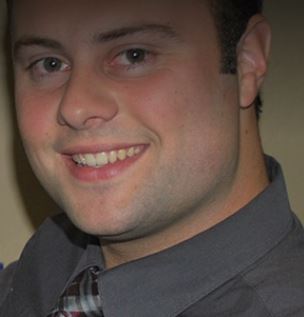“What does a chiropractor do on the first visit?”
I am a 29 year old male and I have back pain. I want to know what does a chiropractor do on the first visit?
14 Answers
ChiropractorChiropractor
On a typical first visit, a trained Chiropractor will take a physical and evaluation of your history. They will probably take some x rays so as to provide the most specific adjustment possible. Once they have all the information together, you will get your adjustment and hopefully on the path to recovery.
On the first visit, the chiropractor will take a detailed history and talk to you about your complaints. They will then examine you and either treat you after explaining what’s going or schedule a report of findings visit to go over everything in detail what is going on and what the treatment plan is to correct your problem. Each chiropractor has their own way of doing things, but ultimately you should expect excellent care.
As in most health professions, a thorough history and exam takes place after filling out some paperwork at first. Then the doctor reports their findings and the commences in whatever type of treatment they offer. In most cases, a care plan should be explained as to what is being treated and how long it should take to heal.
Hope I helped. Got your back.
Dr. Todd Gewant
Hope I helped. Got your back.
Dr. Todd Gewant
Generally, a good Chiropractor will perform a history of your complaint, an examination of the areas and associated areas of your complaint and take X-rays if deemed medically necessary. After arriving at a diagnosis and treatment plan, treatment may begin with your consent.
In my office, I do a free consultation to see if they have a condition that I feel confident that I can help. Next, I do a free screening to confirm that it is a condition I can help. If the above look good and the patient wants to go forward, we start with any additional necessary testing and determine a treatment plan.
Dr. Homer Wall
Dr. Homer Wall
I can't speak for all chiropractors but I can tell you what I do. In my office the purpose of the first visit is to determine if the problem you present with will best be helped with chiropractic care as opposed to massage, medicine, acupuncture, PT or some other type of care. I do this by doing a thorough evaluation which includes feeling the spine and surrounding tissues, range of motion, muscle testing, orthopedic testing, neurological testing and x-rays. With all that information, I can determine if chiropractic will help you or not.
In my field, there can be a variety of things a chiropractor will do on the first visit including but not limited to: consultation, exam, x-rays, review of findings, and treatment which will vary from only chiropractic manipulation to various physiotherapy techniques.
Consultation and examination to determine the condition and then, if the patient wants, we start treatment. Past medical history and diagnostic tests may be requested.
That really depends on the chiropractor. A good chiropractor will go over you health history and do a thorough examination that may include x-rays or other tests. Some chiropractors will treat on the first visit, others will not, depending on your complaints, history and what the examination uncovers.
Typically, they’re going to take a detailed history to start trying to figure out the cause of your pain. Then, they’ll do an exam of the back for you. If they can figure out exactly what’s going on, they’ll start treatment that day and give you a reasonable idea what to expect going forward.
Skylar Bakko, DC QNCP PAK BFM
Skylar Bakko, DC QNCP PAK BFM
In my practice and in most Chiropractic offices, the first visit involves an examination to determine the cause of the pain. Then a plan for treatment is made and treatment is applied if appropriate.
Just like any doctor, diagnosis is critical to having it treated. A comprehensive consultation, orthopedic and neurological exam is necessary to determine the cause and then treatment will be determined by the findings. Often some form of imaging is necessary to see the spine and further determine the problem such as disc pathology.








